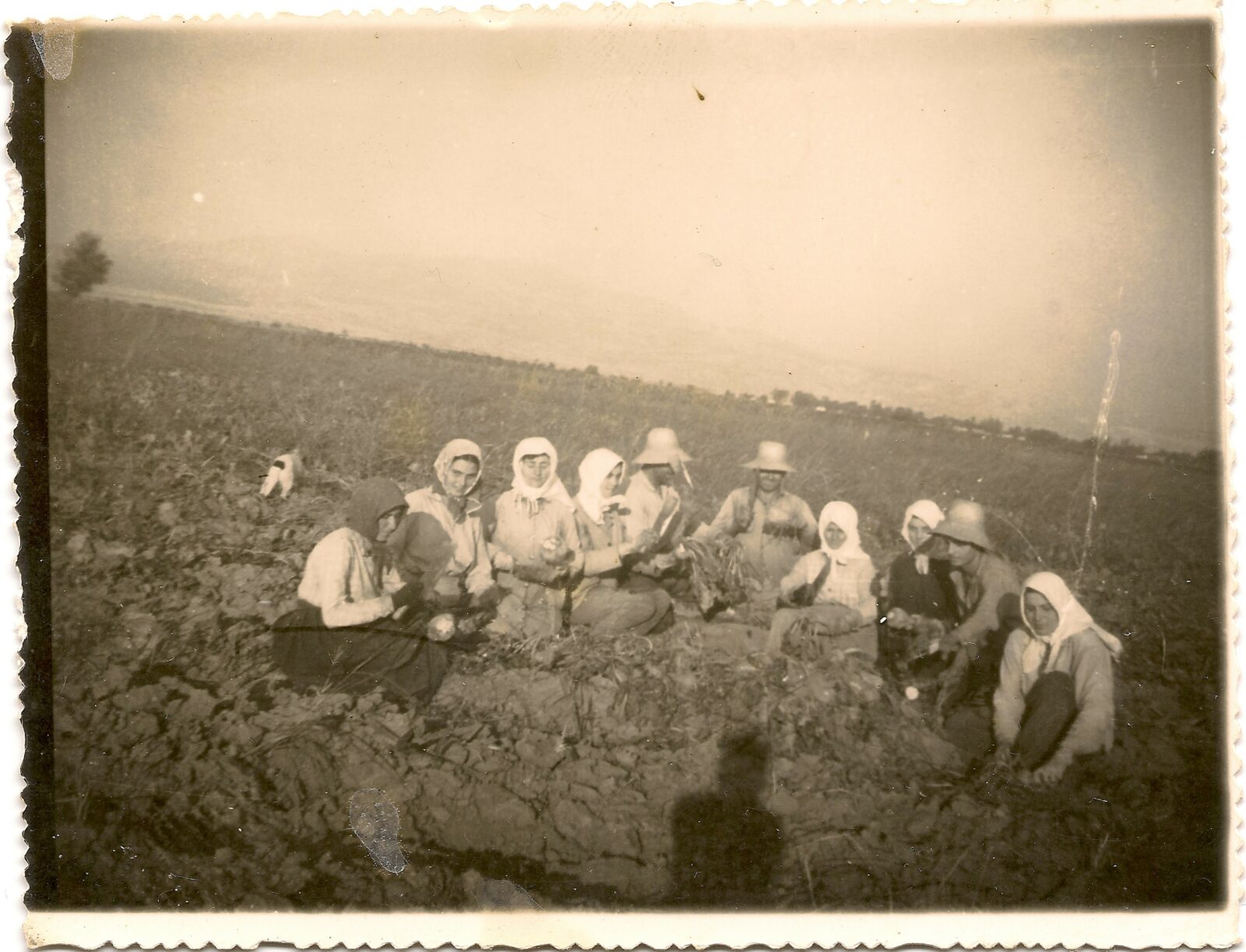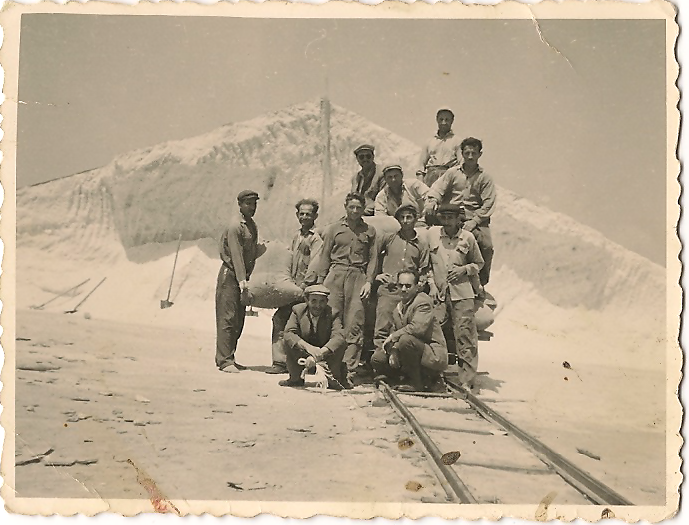Economy
History of Nea Kessani

A significant percentage of the residents of Nea Kessani are farmers, growing grain, cotton, legumes, almost all have vineyards, from which they produce wonderful wines and tsipouro, as well as olives and produce pure oil. There is the agricultural cooperative of Nea Kessani, which belongs to the Union of Agricultural Cooperatives of Xanthi, which serves them. Much fewer are now professionally involved in livestock farming. In the past, almost everyone had animals, which made up the village herds of oxen, buffaloes, cows, sheep and pigs. Shepherds were hired to graze them. These animals were then the most valuable thing for a household, because they offered them milk, fat, skin, meat and of course help in cultivating the land, since the machines of modern civilization did not exist. Back then, all the work was done by hand and animals, with the plow, the skimmer, the yoke, the harrow, the hoe, the sickle, the flail, the hoe, the hoe, etc.
One of the most important and laborious agricultural tasks was threshing, the “threshing floors,” as the ladies of the women’s association eagerly described to me: In order to thresh their cereals (wheat, barley, oats, rye, millet) and beans, chickpeas, and broad beans, they first had to prepare the area. They would go with the hoes and dig and clear a circular area. Then they would take two or three large barrels with a cart, fill them with water from the well, water the area, mix it with straw and trample it with a large roller with animals to make it flat. The next day they would sweep the area and go and spread out their production. Again trample with the roller and then put them in two stacks with the rakes or sheaves and wait for a good wind to clear them and separate the chaff from the good material. During the threshing season, you could see fields for the threshing floors everywhere. Of course, the villagers had solidarity and cooperation for this difficult work that could last even weeks. So, whoever had a small production and finished first would invite the other to go to his threshing floor to thresh his own products. They had no rest, since after six days of hard work, on Sunday they would go to help in other people’s threshing floors. Anyone from other places who wanted workers for their own threshing would pass through the village and collect in the car (or later on the platform) as many boys and girls as they wanted to work, and that way they would get extra pocket money, necessary to satisfy some need, such as a pair of shoes. However, threshing was a job in which everyone participated, young and old, and sometimes they made it look like a celebration.
An agricultural job that everyone remembers with nostalgia is the harvest. Every August, girls and boys would go with the carts and work, collect, transport the precious fruit and each would trample it to his home. After all this work, they would sometimes end up in a feast. The must was put into barrels, to be slowly turned into wine, the women kept it for mustalevries and retselia and the rest was taken to grandfather Christak’ Zafeiriou’s distillery, to produce tsipouro.
In addition to agriculture and livestock farming, which the residents of Nea Kessani were intensively involved in in the past, there were several professionals, with various workshops and shops ∙ blacksmith shop, tailoring, cooperage, carpentry, barber shops, cafes, ouzeri, grocery stores and many others. Many worked in the salt marshes and in the port of Porto-Lagos or did some day labor in foreign fields. Finally, several from the ’60s onwards studied and became renowned in their professional activity. Today those who still live in the village are mostly retirees.

Workers in the salt pans
